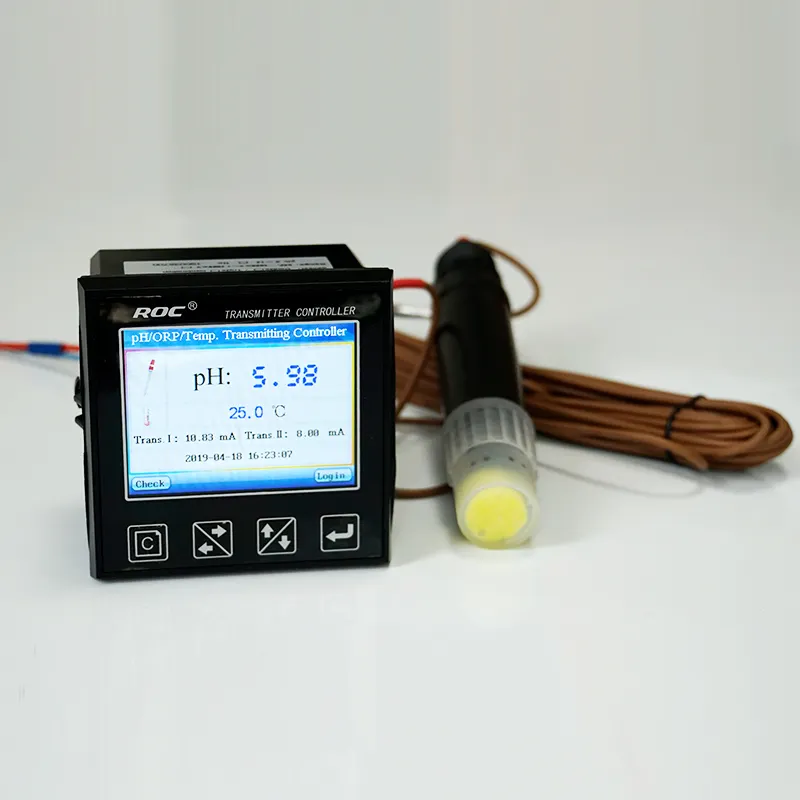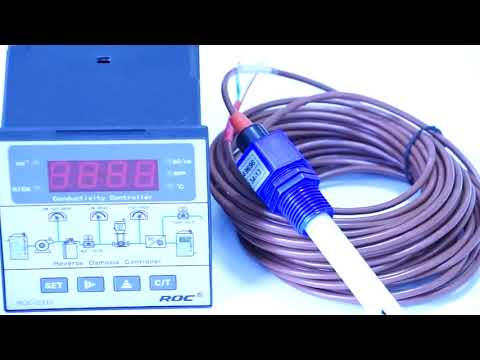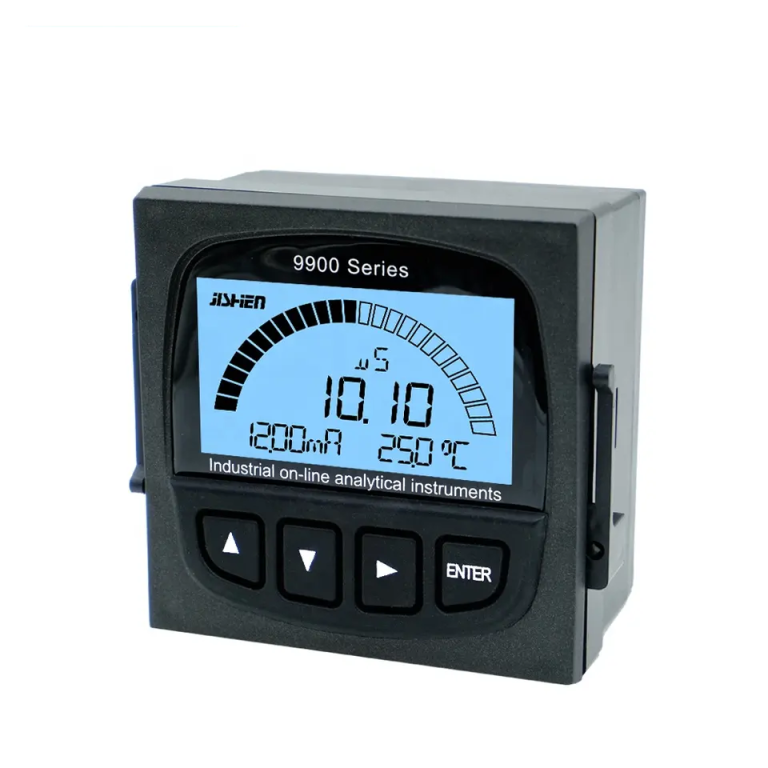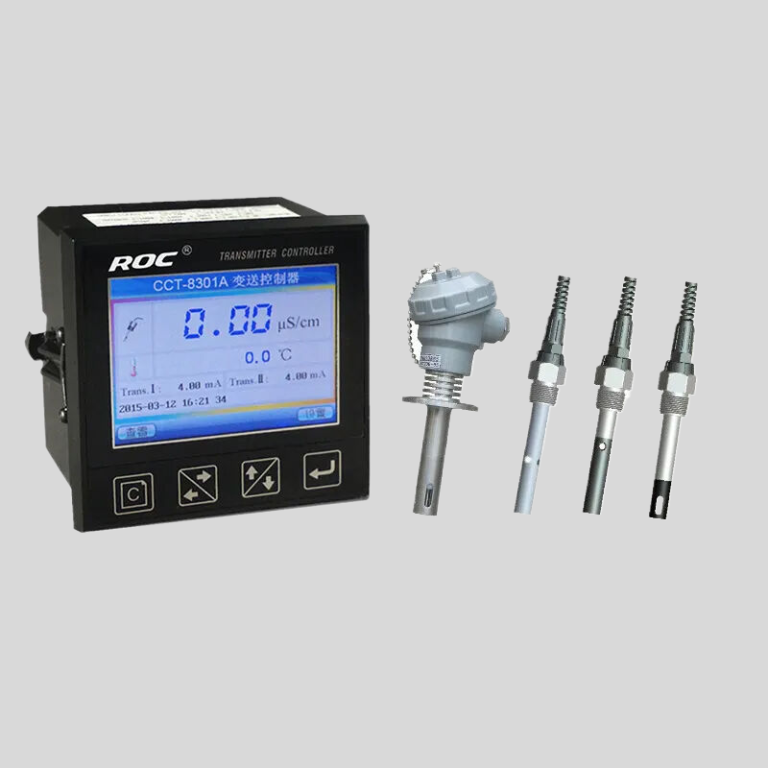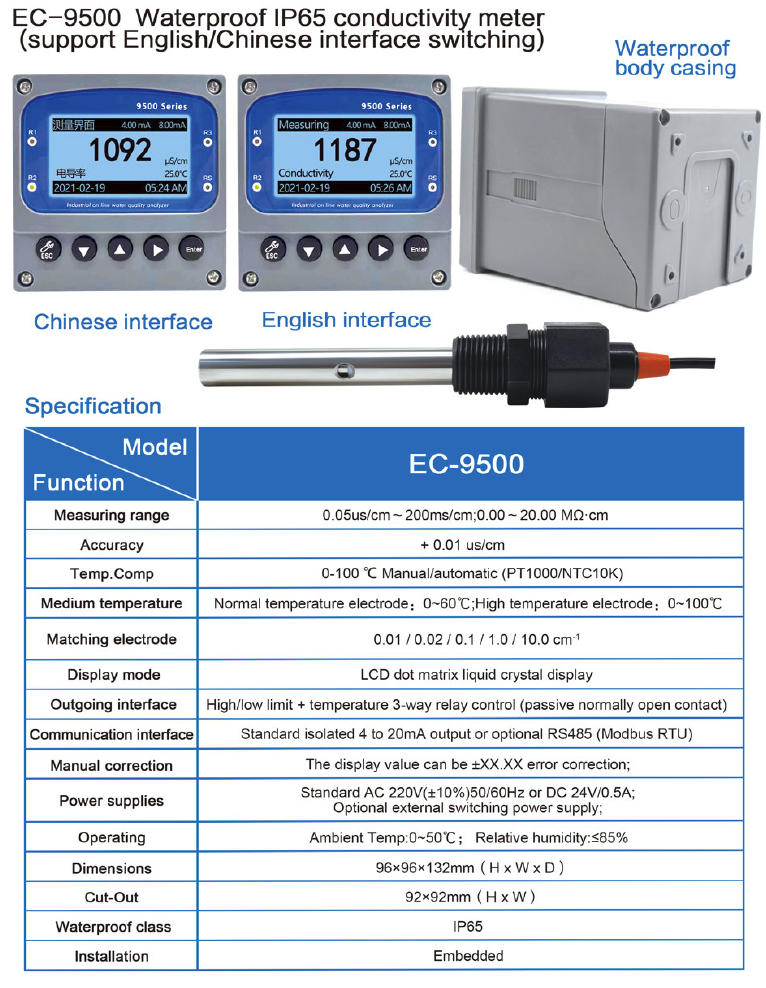Table of Contents
The Importance of Calibrating pH Meters in the Laboratory
In a laboratory setting, accuracy and precision are paramount when conducting experiments and analyzing data. One essential tool that is used in many scientific disciplines is the ph meter. This apparatus measures the acidity or alkalinity of a solution by determining the concentration of hydrogen ions present. However, in order for pH meters to provide accurate readings, they must be properly calibrated.
Calibrating a pH meter involves adjusting the instrument to ensure that it is accurately measuring pH levels. This process is crucial because even small errors in calibration can lead to inaccurate results, which can have significant implications for the outcome of an experiment. By calibrating pH meters regularly, scientists can trust that their data is reliable and reproducible.
There are several factors that can affect the accuracy of pH meters, including temperature, electrode condition, and the age of the instrument. To account for these variables, it is important to calibrate pH meters before each use and periodically throughout the day. This ensures that the instrument is functioning properly and providing accurate readings.
One common method of calibrating a pH meter is using buffer solutions. Buffer solutions are solutions with known pH values that can be used to calibrate pH meters. By immersing the electrode of the pH meter into a series of buffer solutions with different pH values, scientists can adjust the instrument to accurately measure pH levels across a range of values.
When calibrating a pH meter with buffer solutions, it is important to follow the manufacturer’s instructions and use the correct buffer solutions for the specific model of pH meter being used. Additionally, it is important to rinse the electrode with distilled water between each calibration point to ensure accurate readings.
In addition to using buffer solutions, it is also important to regularly check the condition of the electrode and replace it when necessary. Over time, electrodes can become dirty or damaged, which can affect the accuracy of pH measurements. By regularly inspecting and maintaining the electrode, scientists can ensure that their pH meter is functioning properly and providing accurate results.
| Product Model | DOF-6310\\u00a0(DOF-6141) |
| Product Name | Dissolved oxygen data collection terminal |
| Measuring Method | Fluorescence Method |
| Measurement range | 0-20mg/L |
| Accuracy | \\u00b10.3mg/L |
| Resolution \\u00a0\\u00a0 | 0.01mg/L |
| Response time | 90s |
| Repeatibility | 5%RS |
| Temperature compensation | 0-60.0\\u2103 Accuracy:\\u00b10.5\\u2103 |
| Air pressure compensation | 300-1100hPa |
| Stand pressure | 0.3Mpa |
| Communication | RS485 MODBUS-RTU standard protocol |
| Power | DC(9-28)V |
| Power comsuption | <2W |
| Operational envrionment | Temperature:(0-50)\\u2103 |
| Storage Environment | Temperature:(-10-60)\\u2103;\\u00a0Humidity:\\u226495%RH(None condensation) |
| Installation | Submerged |
| Protection Level | IP68 |
| Weight | 1.5Kg(with 10m cable) |
Calibrating pH meters is not only important for ensuring the accuracy of experimental results, but it is also essential for maintaining the integrity of scientific research. Inaccurate pH measurements can lead to incorrect conclusions and potentially impact the validity of a study. By taking the time to properly calibrate pH meters, scientists can have confidence in their data and ensure that their research is reliable and reproducible.
In conclusion, calibrating pH meters is a critical step in the laboratory that should not be overlooked. By regularly calibrating pH meters using buffer solutions and maintaining the condition of the electrode, scientists can ensure that their data is accurate and reliable. This attention to detail is essential for conducting high-quality research and advancing scientific knowledge.
How to Properly Maintain and Store pH Meters for Accurate Readings
pH meters are essential laboratory apparatus used to measure the acidity or alkalinity of a solution. They are commonly used in various fields such as chemistry, biology, environmental science, and food science. To ensure accurate readings, it is crucial to properly maintain and store pH meters. In this article, we will discuss some tips on how to maintain and store pH meters effectively.
First and foremost, it is important to calibrate your pH meter regularly. Calibration ensures that the pH meter is providing accurate readings. Most pH meters come with calibration solutions that are used to adjust the readings to the correct pH values. It is recommended to calibrate the pH meter before each use or at least once a week, depending on how frequently it is used.
In addition to calibration, it is essential to properly clean the pH meter after each use. Residue from previous measurements can affect the accuracy of the readings. To clean the pH meter, simply rinse the electrode with distilled water and then gently wipe it with a soft cloth. Avoid using harsh chemicals or abrasive materials as they can damage the electrode.
Furthermore, it is important to store the pH meter properly when not in use. pH meters should be stored in a clean, dry place away from direct sunlight and extreme temperatures. It is also recommended to store the pH meter in a storage solution to keep the electrode hydrated and prevent it from drying out. If a storage solution is not available, you can use a pH 4 buffer solution instead.
Another important aspect of maintaining pH meters is to replace the electrode and reference junction regularly. Over time, the electrode can become worn out or contaminated, leading to inaccurate readings. It is recommended to replace the electrode every 6-12 months, depending on how frequently the pH meter is used. Additionally, the reference junction should be replaced every 3-6 months to ensure accurate readings.
When transporting pH meters, it is important to handle them with care to prevent damage. pH meters are delicate instruments that can be easily damaged if dropped or mishandled. It is recommended to use a carrying case or protective cover when transporting the pH meter to protect it from damage.
In conclusion, proper maintenance and storage of pH meters are essential to ensure accurate readings. By calibrating the pH meter regularly, cleaning it after each use, storing it properly, and replacing the electrode and reference junction as needed, you can prolong the life of your pH meter and ensure accurate measurements. Remember to handle pH meters with care when transporting them to prevent damage. By following these tips, you can maintain the accuracy and reliability of your pH meter for years to come.
